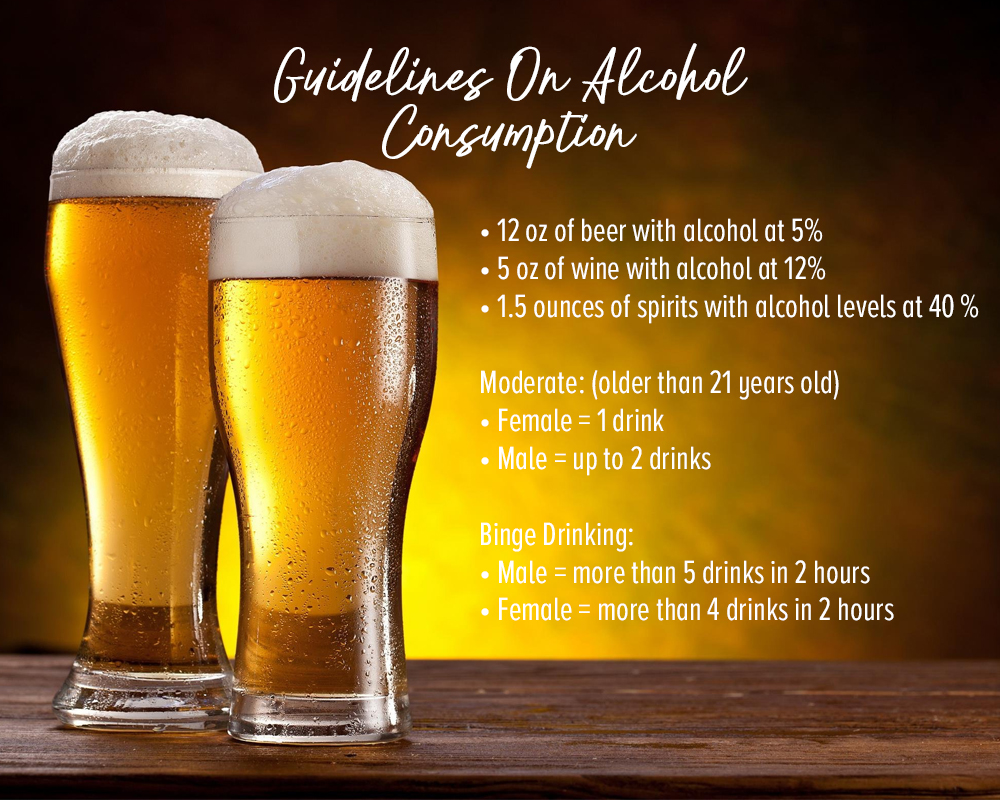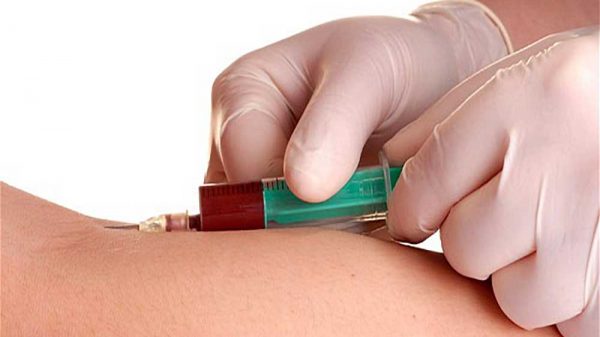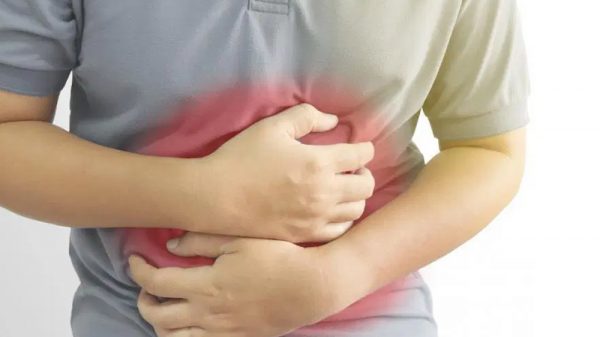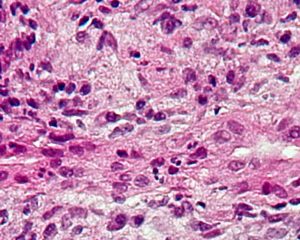We love to share a good drink with friends and loved ones. It can be said that alcohol can help loosen tongues and even encourage good socialization among comrades and family members. While alcohol can certainly be considered as a social lubricant, it can also be said that alcohol has some effects that can be classified as undesirable. These include getting drunk and experiencing a hangover after some long night of drinking. However, one other major concern that can be caused by alcohol abuse is the development of liver cirrhosis. But how much alcohol causes cirrhosis? In this article, we look at the link between alcohol and liver cirrhosis and explain how much alcohol can lead to the said medical condition. Read on to find out more!
Alcoholic Liver Disease: A General Overview
Too much alcohol consumption can lead to a condition known as alcoholic liver disease. This can lead to liver damage, fat build-up or accumulation, inflammation, and liver scarring (also referred to as cirrhosis) which can all lead to death if left unaddressed. In Western countries, chronic liver disease is mostly caused by excessive alcohol consumption leading to cirrhosis. The liver is one of the body’s organs that are considered very complex with around functions amounting to around 500 different ones. Some of these tasks are regulation of blood sugar, regulation of cholesterol, creation of proteins and hormones, energy storage, and having blood toxins filtered out.
The entire body can be affected by damage to the liver. Once this kind of damage is initiated, it may take some time before it can be noticed or felt as the liver can be very effective in the regeneration of tissue and in having itself repaired. Most of the time, when the damage is detected, it can no longer be reversed. Based on the CDC (Centers for Disease Control and Prevention), the total number of deaths in the US caused by alcoholic liver disease was pegged at around 19,000 plus. On the other hand, a liver disease that is chronic along with liver scarring has claimed 12 fatalities out of a hundred thousand individuals.
In fact, as of 2015, around 20 percent of transplantations of the liver in the US happened due to alcoholic liver disease which makes the said medical condition the top third reason for liver transplants behind liver cancer and hepatitis C.
Early Signs and Symptoms of Alcoholic Liver Disease
Alcoholic liver disease’s early signs can be quite vague and can affect a different range of processes within the human body. Along with malaise, some of the other early signs of this disease include a decreased appetite, diarrhea, vomiting, nausea, and pain in the abdomen. The said symptoms can be easily dismissed as the simple feeling of being unwell or a stomach bug. However, if these signs are not addressed or diagnosed immediately, particularly while continuing alcohol consumption, they can result in the quicker progression of the disease of the liver as time passes.
Once the alcoholic liver disease progresses to more advanced stages, the symptoms can be much more easily recognizable. Some of the more common symptoms of liver disease in its later stages include being more sensitive reactions to drugs and alcohol, bruising and bleeding easily, stools and vomit in the blood, wasting of muscles or general weakness, weight loss that is significant, clubbing or excessively curved fingernails, itchy skin, shivering, fever, ascites or abdominal fluid build-up, swelling of the lower limbs referred to as edema, skin or whites of the skin that has a yellow tint or color which is referred to jaundice.
When the aforementioned symptoms are present, then the patient may most likely be experiencing advanced liver disease which means that a visit to the doctor or a medical professional should be accomplished immediately.
How Much Alcohol Causes Cirrhosis and What Can Be Done To Prevent This?
In order to prevent liver disease caused by alcohol and other health conditions associated with the consumption of alcohol in excessive amounts, a number of guidelines on how to limit consumption alcohol should be followed.
These guidelines have drinking moderately pegged at one (1) drink for female individuals and up to two (2) drinks for male individuals. These should also be observed only by people who are older than 21 years old. An alcoholic drink is pegged at around 12 oz (ounces) of beer with alcohol at five percent (5%), five oz (ounces) of wine with alcohol at twelve percent (12%) or 1.5 ounces of spirits with alcohol levels at forty percent (40%).
Binge drinking should also be avoided. This kind of drinking is when individuals drink increased amounts of alcohol in a short period of time. Binge drinking can lead to an increased risk of damage to the liver. Male individuals who drink more than five (5) drink in the span of two (2) hours or a female individual who drinks more than four drinks in two hours can be seen as binge drinking.
It must also be noted that different kinds of people can react to alcohol consumption differently as some individuals can be at an increased risk for alcoholic liver disease compared to others. AUD or alcohol use disorder is often linked with alcoholic liver disease. This is a type of drinking problem that is severe. Individuals who have a hard time controlling their intake of alcohol especially those who will feel emotionally down or low when alcohol is not consumed.
The same guidelines for alcohol consumption also identify those that have a higher risk for AUD to be female individuals who drink or consume four (4) or more alcoholic beverages per day or around eight (8) or more beverages on a weekly basis, while male individuals who take in more than five (5) or more beverages per day or at least fifteen (15) or more beverages on a weekly basis. To avoid any problems related to alcoholic liver disease, it is best to stick to the recommended alcohol limits.
























